You know that moment when you’re eating something and thinking, “Wait… is this even good for me anymore?” Yeah, we’ve all been there. As the years stack up (gracefully, of course), so does the need to rethink some of the foods we’ve eaten out of pure habit. You’re not doing anything wrong—you’re just still reaching for that same yogurt, cereal, or slice of frozen pizza because it’s easy, comforting, or, let’s be real, just tastes like childhood.
But here’s the thing: our bodies change. What we could get away with in our 20s now hits different—literally. That midnight bowl of cereal? It now guarantees a 3 a.m. sugar crash and a side of regret. Some of the foods aging adults keep on rotation aren’t just outdated—they’re working against your energy, digestion, and long-term health. And it’s not about cutting everything out and eating kale until the end of time. It’s about noticing the sneaky stuff and making smarter swaps that still taste good and keep your body happy.
So here’s the real talk: these are the foods that deserve a little side-eye—not because they’re evil, but because your body deserves better than “meh, it’s fine” at this stage in the game. Let’s break up with these sneaky saboteurs and find some feel-good alternatives instead.
1. Frozen Dinners
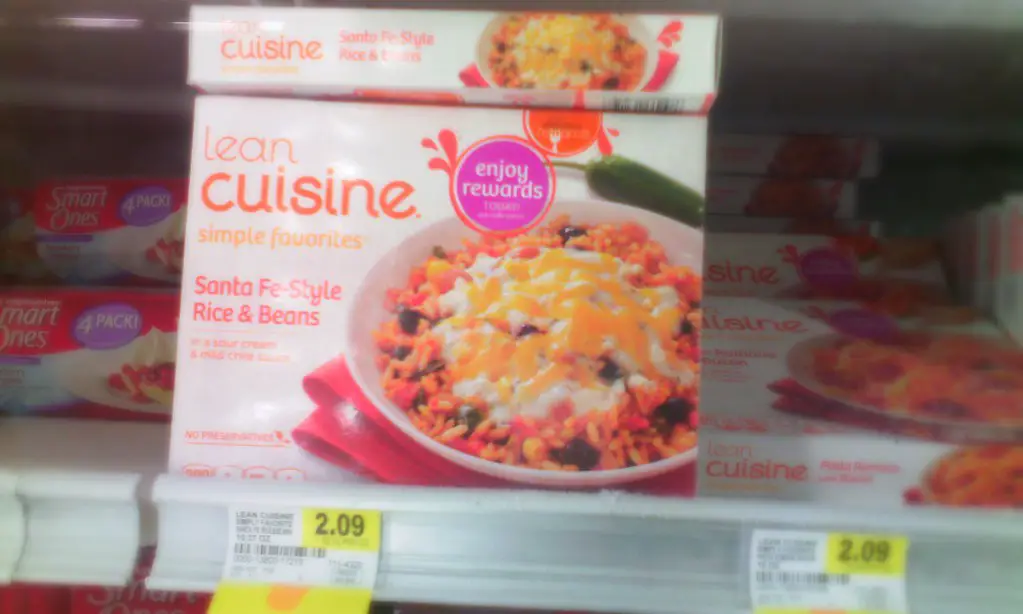
Frozen meals are the ultimate modern convenience—microwave, chow down, repeat. But Chefs For Seniors explains that many of these pre-packaged trays are loaded with sodium and preservatives to extend shelf life. High sodium equals higher blood pressure, and aging kidneys have less oomph to excrete the excess salt. Those microscopic preservatives also tend to hide trans fats or hydrogenated oils, the worst offenders for heart health. Plus, the caloric count can be a hidden trap: what looks like a single portion might pack 600–800 calories. Overeating—even unintentionally—can lead to unwanted weight gain when your metabolism is naturally slowing.
Flavor variety? Sure. But nutrient density? Not so much—we’re talking handfuls of fillers and minimal real veggies. Instead, batch-cook grilled chicken or roasted veggies over the weekend, then portion out into your own “frozen dinners.” Control the seasonings, slash the sodium, and up the fiber. Your microwaving routine stays the same, but the health score skyrockets. And let’s be honest, bragging rights: “Oh, this? I meal-prepped.” It’s like flexing in the nutrition Olympics.
2. Sugary Soda

Let’s face it: soda is the ultimate nostalgia trigger—remember those carefree sips at the drive-in? But as you age, all that liquid sugar becomes a fast track to insulin resistance and type 2 diabetes—according to The New York Times it’s a prime culprit in spiking blood sugar levels and adding empty calories. Those bubbles may feel refreshing, but they’re essentially delivering a high-fructose cocktail that your body can’t process healthily over the long haul. Plus, the acidity of cola varieties can erode tooth enamel, and as enamel wears down with age, sensitivity kicks into overdrive. Even diet sodas, packed with artificial sweeteners, have been linked in some studies to altered gut microbiomes and cravings for more sweets—hardly the rebellion you want. You might tell yourself “but it’s just one can,” yet that one can contains roughly ten teaspoons of sugar—way above the American Heart Association’s recommended daily limit.
Here’s the kicker: that “sugar rush” you crave is inevitably followed by a crash, leaving you groggy and hankering for another fizzy fix. This sugar-crash cycle can lead to brain fog, which is no fun when you’re trying to remember where you left your glasses (again). And let’s be real, chronic inflammation from repeated sugar spikes can exacerbate joint pain—hello, achy knees! Water infused with fresh fruit, sparkling water, or even unsweetened iced tea can scratch that bubbly itch without wrecking your health. Next time you reach for a can, picture your future self thanking you for the swap. Your taste buds—and your waistline—just might join in on that gratitude, too.
3. Processed Meats

Bacon and bologna? Staples of the weekend brunch and the ultimate comfort on a sandwich. But “processed” means pumped full of preservatives like nitrites, which NBC News reports link to higher risks of colorectal cancer when consumed regularly. The smoky flavor and salty snap make them hard to resist, but that flavor comes at the cost of compounds that may damage your cells’ DNA over time. Sodium levels in deli slices often exceed daily recommendations in just a few thin cuts—yikes for that blood pressure! Aging blood vessels crave less salt, not more, to keep that pulse smooth and steady. And let’s not forget: many processed meats are high in saturated fats, contributing to cholesterol buildup and heart disease risk.
We get it—crispy bacon on your avocado toast is a mood-booster. But studies show plant-based proteins or lean cuts like turkey breast (fresh, not deli) can satisfy the savory craving without the health hit. Swap in mushroom bacon or marinated tofu strips, and your brunch pics will still get all the likes. Over time, choosing the cleaner protein path keeps arteries happy and inflammation at bay. Your heart—and your cardiologist—will thank you. Plus, you can still indulge that indulgent brunch vibe without literally courting disease.
4. Instant Noodles

Ah, instant ramen—college survival kit and midnight lifesaver. But per Healthline, that flavor packet is a sodium bomb and often loaded with MSG, which in excess can trigger headaches and worsen hypertension. Your arteries tighten, your blood pressure spikes, and before you know it, your “cheap” dinner is costing you serious health points. The noodles themselves are usually stripped of nutrients and fortified with refined carbs that cause rapid blood sugar swings. For someone older, your pancreas is less forgiving of those spikes—you’re sliding down the diabetes slope faster than you think. The “comfort” these noodles deliver quickly evaporates under the weight of long-term risk.
Try cooking whole-grain pasta or zucchini ribbons with a splash of low-sodium broth and fresh veggies instead. You’ll still get that slurpy, slurp-worthy satisfaction without gutting your nutrient intake. Plus, the extra fiber from whole grains keeps digestion humming along—no more embarrassing bloat. Flavor? Amp it up with fresh garlic, ginger, and a dash of chili flakes. Your taste buds—and your blood vessels—will celebrate. Trust us, your future self will prefer this ramen glow-up.
5. Canned Soup
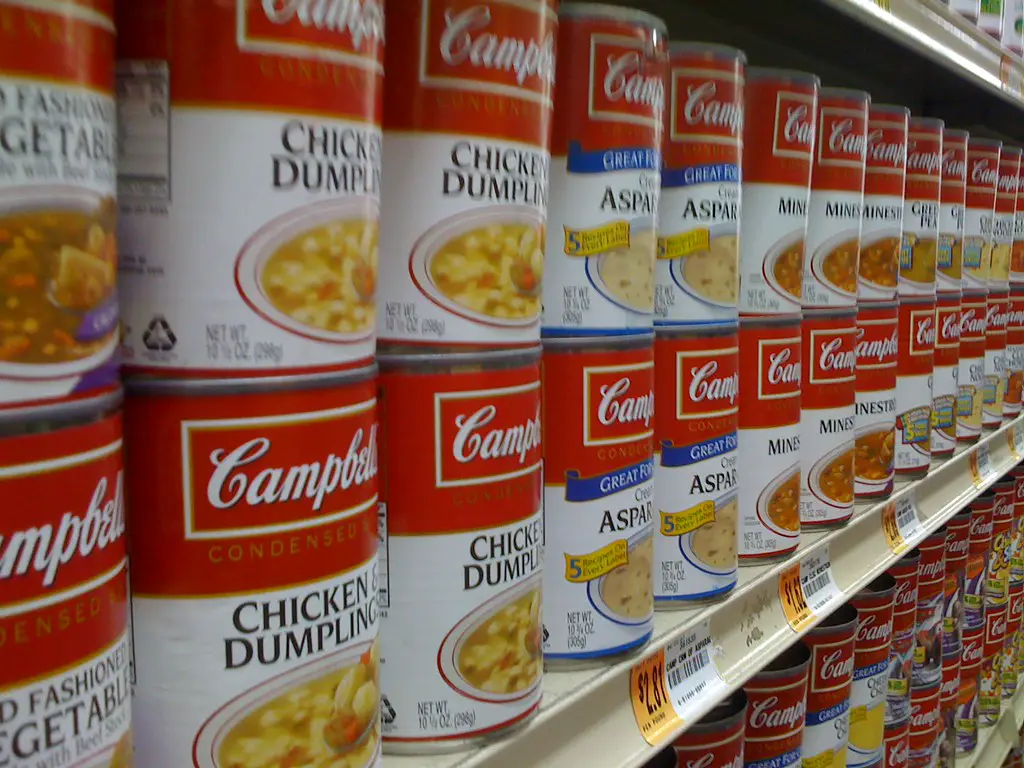
There’s something petrifyingly cozy about a steaming bowl of canned soup—grandma’s recipe in a can. Yet Healthwins notes that many brands clock in at over 800 mg of sodium per serving—over a third of the daily recommended limit. Your joints swell, your ankles puff, and you might find your wedding rings feeling a tad snug. Plus, canned soups often lack protein and fiber, so you’re hungry again in 30 minutes flat. That’s extra trips to the pantry and sneaky snacks that pile on the calories. And those little corn syrup bits in cream-based soups? They’re secretly sugar bombs.
Draining and rinsing can cut sodium by 40%, but why bother? Homemade is just a pot, water, and fresh ingredients away, and you control exactly how much salt, cream, or sugar goes in. Bulk up with beans, lentils, or shredded chicken for lasting fullness. Plus, tossing in fresh herbs and spices hits all the flavor notes without the health sabotage. It’s like upgrading from a bargain bin to a chef’s table. Your heart—and your waistline—will notice the glow-up.
6. White Bread

White bread might evoke childhood grilled-cheese nostalgia, but it’s stripped of fiber and micronutrients. Its high glycemic index triggers blood sugar spikes that can stress your pancreas into overdrive. Over time, that stress chips away at insulin sensitivity—an unwelcome gift as you get older. And let’s not kid ourselves, it’s basically fluffy sugar disguised as a staple. Fiber is your friend for keeping cholesterol and blood sugar in check—and white bread has none.
Swapping in whole-grain or sprouted-grain loaves is an easy win. You’ll get slower, steadier energy releases, less bloat, and better digestive health. Plus, the nutty flavor and hearty texture make sandwiches feel gourmet without any extra effort. Load up with lean proteins, fresh veggies, and a smear of avocado, and you’ve got a lunch that won’t leave you crashing by mid-afternoon. Your taste buds—and your blood sugar levels—will thank you for the upgrade.
7. Flavored Yogurt
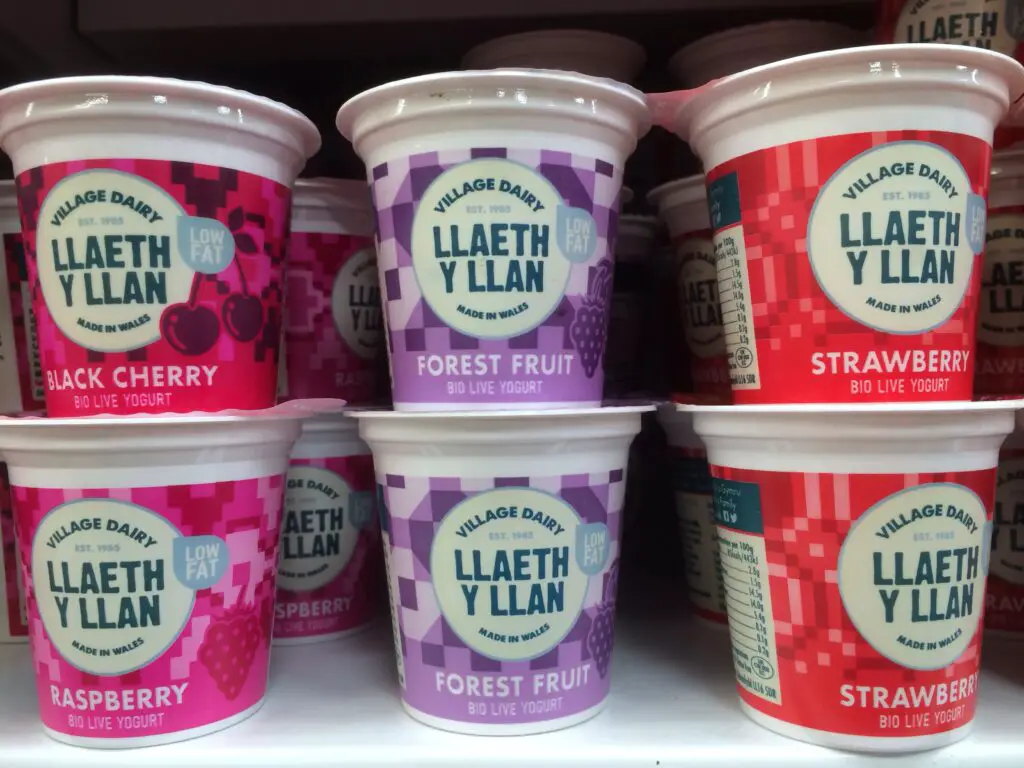
Flavored yogurts are sneaky little sugar bombs disguised as health food. You grab the cute little cup, thinking you’re being good, but most flavors pack more sugar than a candy bar. And that fruit swirl? It’s rarely real fruit—more like sweet mystery goo. Most of the time, it’s corn syrup with artificial coloring and a hint of “berry essence,” whatever that means. What you end up with is a tiny dessert pretending to be breakfast—and that daily habit adds up fast.
To keep the creaminess without the crash, go for plain Greek yogurt and stir in fresh berries or a drizzle of honey. You’ll control the sweetness level and add real nutrients versus the sugar-laden imposters. Bonus: plain Greek yogurt is also packed with protein, which helps with muscle maintenance as you age. If you miss the texture of fruit-on-the-bottom, try layering it parfait-style—it looks fancy and feels like a treat. Once your taste buds adjust, the sugary versions start to taste like candy-flavored glue.
8. Granola Bars
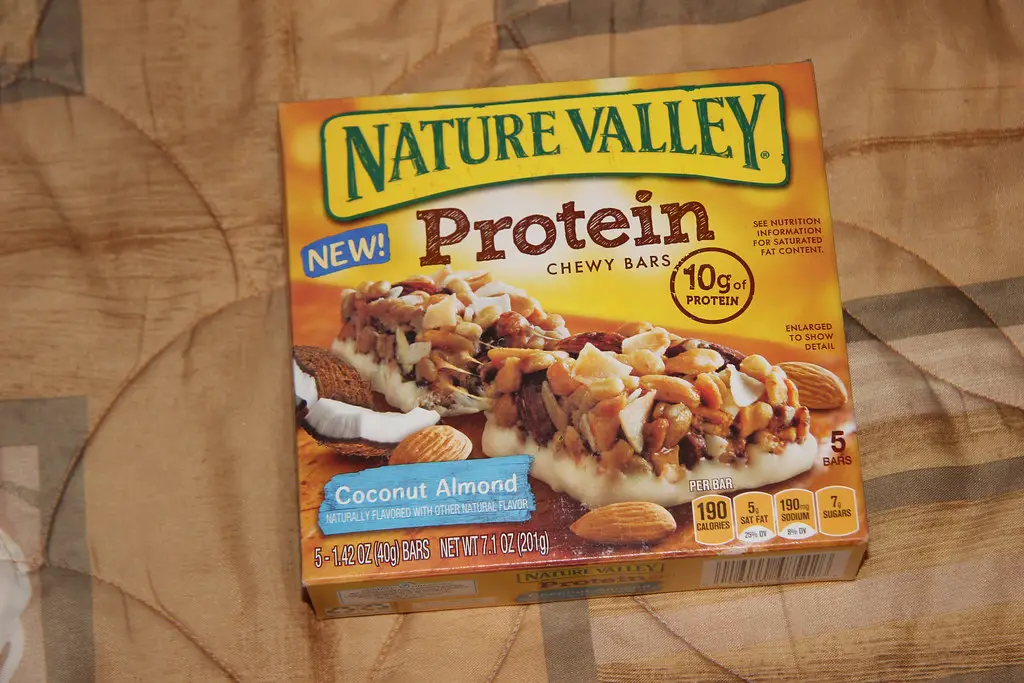
Granola bars are marketed as wholesome and energizing, yet many are loaded with syrups, oils, and added sugars just to hold them together. You tear open the wrapper thinking you’re making a smart snack choice, only to down 200 calories with barely any protein or fiber. Some bars even have a suspicious sheen, like they’re halfway to being dipped in plastic. If you flipped the label, you’d often find a lineup of ingredients longer than your Netflix watchlist.
Make your own energy bites with oats, nuts, and a touch of dried fruit—you’ll know exactly what’s in them, and they’ll keep you satisfied between meals. Plus, homemade always tastes better. You can batch-prep them for the week and feel like a domestic wizard with very little effort. Add a scoop of nut butter or some chia seeds for extra staying power. Your body (and budget) will thank you.
9. Butter
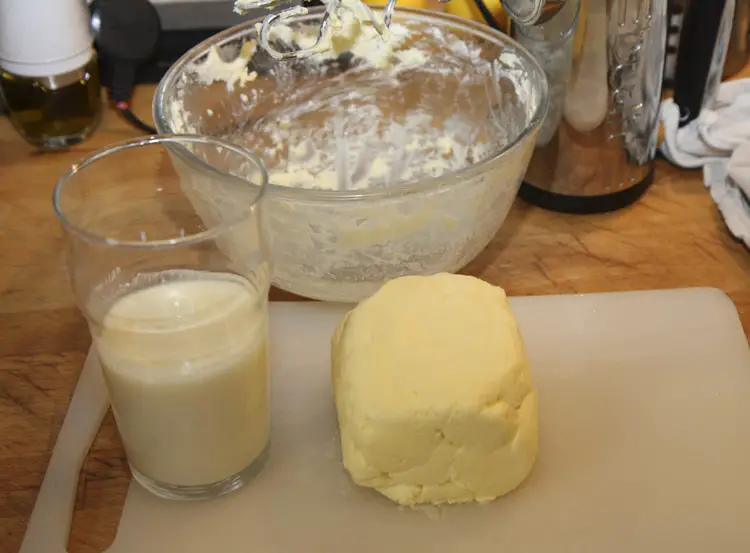
Butter is iconic on toast, in recipes, and as a finishing flourish on veggies, but it’s pure fat—mostly saturated—and easy to overdo. A little pat adds indulgent creaminess, but that pat can turn into a knob before you realize it. Over time, high saturated fat intake can affect cholesterol levels, which isn’t something you want to mess with as vessels stiffen with age. Butter isn’t the enemy, but it’s definitely not the friend we thought it was in every bite.
Swap in heart-healthy olive oil or avocado oil for a similar richness with monounsaturated fats that support your cardiovascular system. You’ll still get that silky mouthfeel without flirting with clogged arteries. If you’re a butter devotee, try ghee—it’s clarified and a little easier on digestion for some. Even better, save real butter for moments that matter: a fresh biscuit, grandma’s cookie recipe, or Sunday brunch. Not for everyday sautéing or random toast emergencies.
10. Sweet Cereals

Those bright boxes of sweet cereal promise nostalgia and a quick morning fix, but they’re often void of real nutrients. They’re basically candy masquerading as breakfast, offering a sugar punch that sets the tone for your day—and not in a good way. After that sugary crunch, you’ll be craving more carbs by mid-morning and probably reach for another snack. You’re not fueled—you’re on a glucose hamster wheel.
Reach instead for whole-grain, low-sugar cereals or even better, steel-cut oats. Top with nuts, fruit, or a sprinkle of cinnamon, and you’ve got a breakfast that fuels you for hours without sending your energy on a crash-and-burn ride. You can even prep it overnight in a jar and feel like a breakfast influencer. And hey, if you’re still missing your childhood faves, sprinkle a few on top as a crunchy throwback—no judgment, just moderation.
11. Potato Chips

The crackle of a chip bag is second only to the smell of fresh popcorn, but those salty, crunchy circles are nearly pure fat and sodium. One handful becomes two, and suddenly you’re knee-deep in empty calories that do nothing for your body. As we get older, our taste buds dull, casinos deserve our nickels, and our blood pressure deserves a break. Chips offer zero fiber and zero staying power, so they’re a fast snack with long-term consequences.
Try air-popped popcorn or roasted chickpeas with herbs—still crunchy, still fun to munch, but with fiber, protein, and way less salt. Your arteries will breathe a sigh of relief, and you’ll still get your snack crunch fix. You can also roast thin sweet potato slices for a DIY chip that satisfies without the grease. And don’t even get us started on kale chips—they’re the plot twist your snack time didn’t know it needed.
12. Frozen Pizza

Frozen pizza is convenience at its finest—90 seconds in the microwave and you’re “cooking.” But under that cheese and sauce lies refined white flour, processed meats, and enough sodium to fill a salt cellar. It feels like a treat, but it’s really a combo of refined carbs, saturated fat, and preservatives. And let’s be honest, most frozen pizzas taste like cardboard wearing pepperoni perfume.
Upgrade to a whole-wheat crust, fresh tomato sauce, and load it up with veggies. Even better, make mini pizzas on English muffins—fun to assemble, way more nutritionally robust, and still delightfully cheesy. Add a sprinkle of nutritional yeast for a cheesy vibe with extra B12. Your heart and your taste buds can absolutely meet in the middle.
13. Energy Drinks

Energy drinks promise a turbo boost when you’re dragging, but they deliver a caffeine-sugar slam that can leave your heart racing and nerves frayed. That quick jolt often turns into jittery anxiety and a sugar hangover that feels worse than your pre-coffee slump. For aging adults especially, the extra stress on the heart isn’t worth the fake productivity. These drinks often contain mystery ingredients with long names and sketchy studies behind them.
If you need a pick-me-up, sip green tea or try a matcha latte—calm alertness without the crash. Your heart will thank you, and your hands won’t shake as you check your email. Even better, check your hydration first—dehydration is a common drag culprit. Sometimes all you need is water, a little movement, and a decent playlist to perk up without the jitters.
14. Pastries and Doughnuts
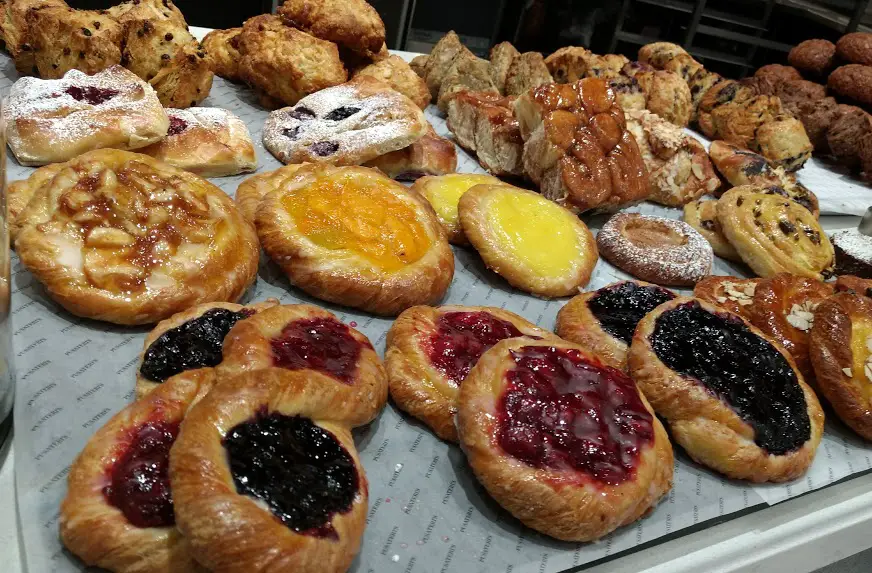
A morning pastry feels like a hug from the inside, but it’s mostly refined flour and sugar wrapped in buttery decadence. One bite is pure joy, but the rest of that bun is a fast track to a midmorning slump and extra inches around the middle. The combo of fast carbs and fat is deliciously dangerous—tasty now, tiring later. And let’s be real, stopping at one is a challenge when they’re warm and flaky.
Treat yourself occasionally, sure, but consider swapping doughnut runs for homemade banana-oat muffins with a touch of maple syrup. You’ll still get that muffin-top vibe—only this time it’s the good kind. Add in walnuts for omega-3s and cinnamon for a flavor kick that also helps with blood sugar. You’re not giving up pastries—you’re just glowin’ them up.
15. Ice Cream

Ice cream is the ultimate comfort dessert: creamy, cold, and endlessly customizable. But it often contains added sugars, creams, and syrups that send your calorie count soaring with barely any nutritional upside. One bowl can cost you a day’s worth of fat and sugar in minutes. And yet, it’s so satisfying that quitting cold-turkey feels borderline cruel.
For a healthier chill-out session, freeze blended bananas into “nice cream” and top with berries or dark chocolate shavings. You still get the creamy scoop experience without the guilt trip—or the post-sundae sugar coma. You can even get creative with add-ins like nut butter, cocoa powder, or coconut milk. It’s the kind of treat your future self—and your metabolism—will thank you for.
16. Sweetened Coffee Drinks

That morning or flavored latte might feel like a little pick-me-up hug in a cup, but those syrupy add-ons are essentially liquid dessert masquerading as caffeine. Each grande can sneak in upwards of 30 grams of sugar—basically a candy bar with espresso. You’re getting a caffeine buzz, sure, but you’re also priming your body for a sugar crash that hits mid-morning, complete with grogginess and a sudden hankering for another sweet treat. As you get older, your tolerance for those sharp insulin spikes wanes, meaning your blood sugar roller coaster can start to look a lot like pre-diabetic territory. And let’s not ignore the calories: those extras can turn your daily coffee habit into a stealth weight-gain machine.
Instead of ordering the “secret menu” sugar bomb, ask for a shot of flavored syrup (half the usual pump count) or swap to a sugar-free alternative that still has real vanilla or hazelnut extract. Better yet, embrace the beauty of an Americano with a splash of unsweetened almond or oat milk and a dusting of cinnamon on top. You’ll still get your coffeehouse vibe—steam, froth, and all—without the sticky sugar aftermath. Down the road, your energy will stay more even, your waistline will thank you, and you might even discover the deeper, richer flavors of coffee that were hiding beneath all that sweet foam.
